Construction, Data Acquisition, University
Window Thermal Efficiency Testing
Energy efficient windows are an important consideration for both new and existing homes. According to the Department of Energy, heat gain and heat loss through windows are responsible for 25%–30% of residential heating and cooling energy use. One way to improve the thermal efficiency of windows is to use a double pane design. Two panes of glass are used and the pocket of air between them acts as a thermal insulator. The detailed design of such a window – how thick the glass should be and how much space is left between the panes – must be tested and optimized for thermal efficiency before the window is put into production.
The U-Factor was established by the National Fenestration Rating Council (NFRC) as an objective way to rate a window’s insulating value. The lower the u-factor of a window, the more it will resist heat flow, and the better it will insulate. Low u-values are most important in colder environments, where the aim is to minimize the amount of heat that escapes and therefore lower heating costs. In warmer or hot climates, a higher U-factor can be beneficial. Higher U-values make it more likely that cool, air-conditioned air won’t transfer out of your home, and that heat won’t transfer in. Thus, air conditioning bills can be kept down.
The setup for testing the thermal efficiency of double pane windows is shown above. The two window panes are mounted on a frame attached to an insulated box. Thermocouples are used to determine the temperature inside and outside of the box. A forced air system heats or cools the outside window pane and the temperature change inside the insulated box is recorded. The test can run for several hours and the thermocouple signals are received by a data acquisition system like the Validyne USB2250 DAQ and converted into temperature readings. The USB2250 digitizes the signals, linearizes and applies the reference junction correction and then records the readings at the rate of once a minute or that defined by the technician during the test. The temperature change inside the box is a measure of the thermal efficiency of the double pane window design and is used to determine the best window configuration and its U-Factor.
if you found this article useful, click here to subscribe to our newsletter for monthly emails with application notes and product solutions. Feel free to contact our sales engineers at sales@validyne.com for more information on the products and solutions in this application note. You can find out more about the USB2250 and Vaidyne’s other DAQ offerings by visiting out DAQ product page.

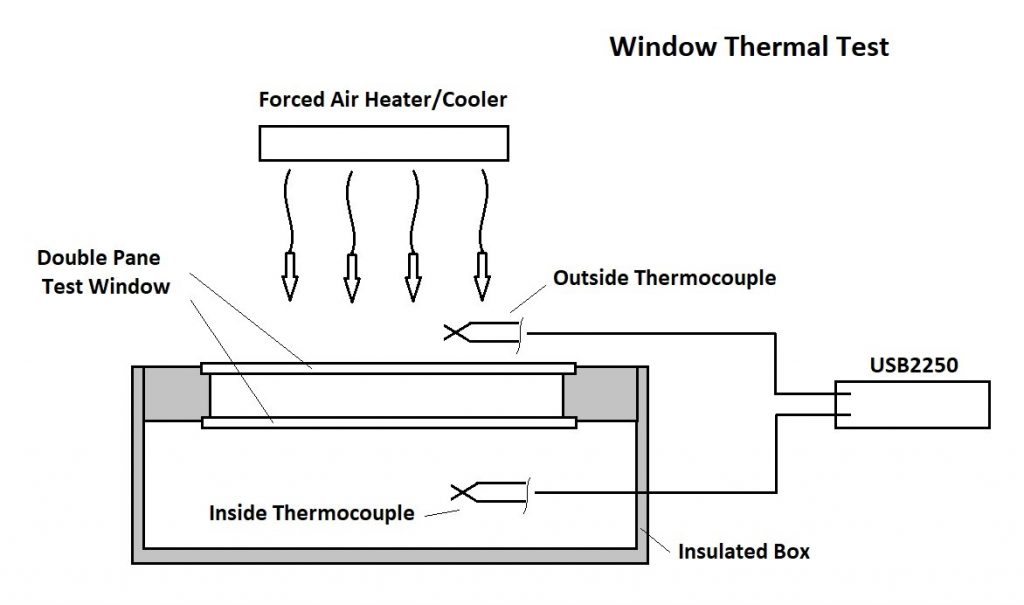
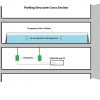
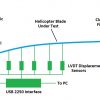

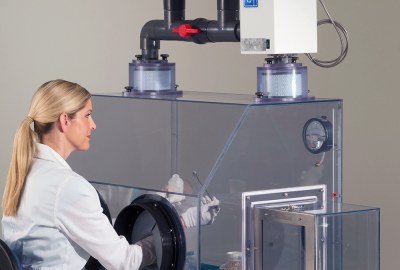
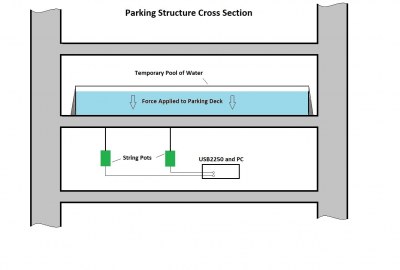
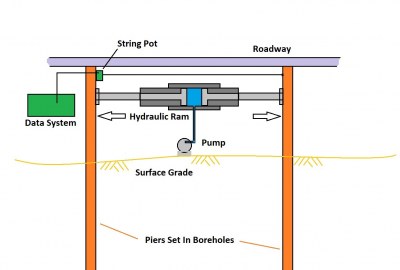
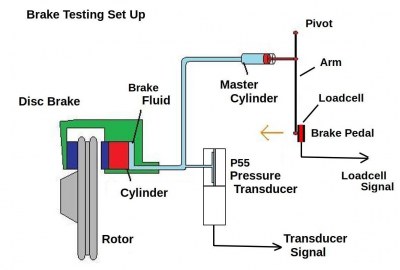
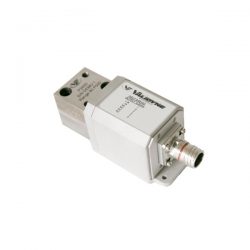
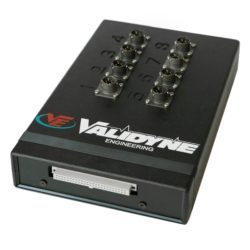
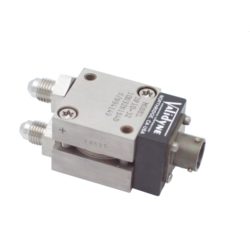
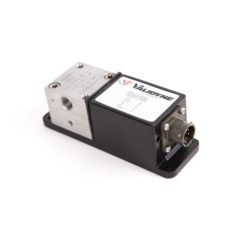
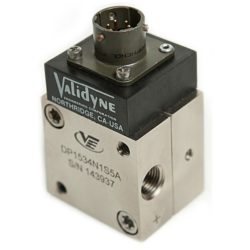
Leave a reply
You must be logged in to post a comment.